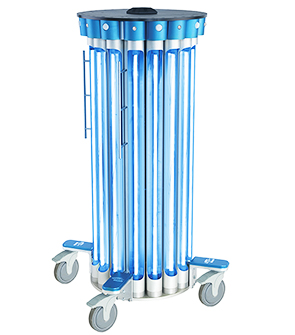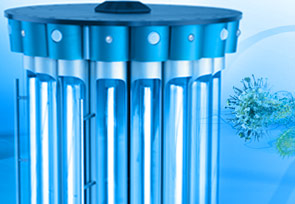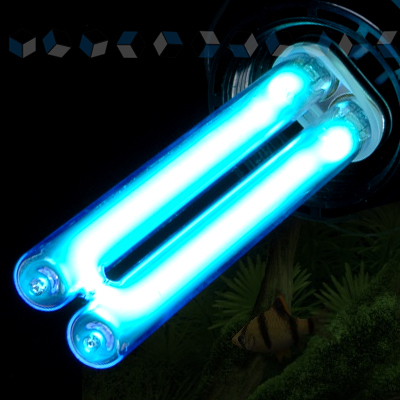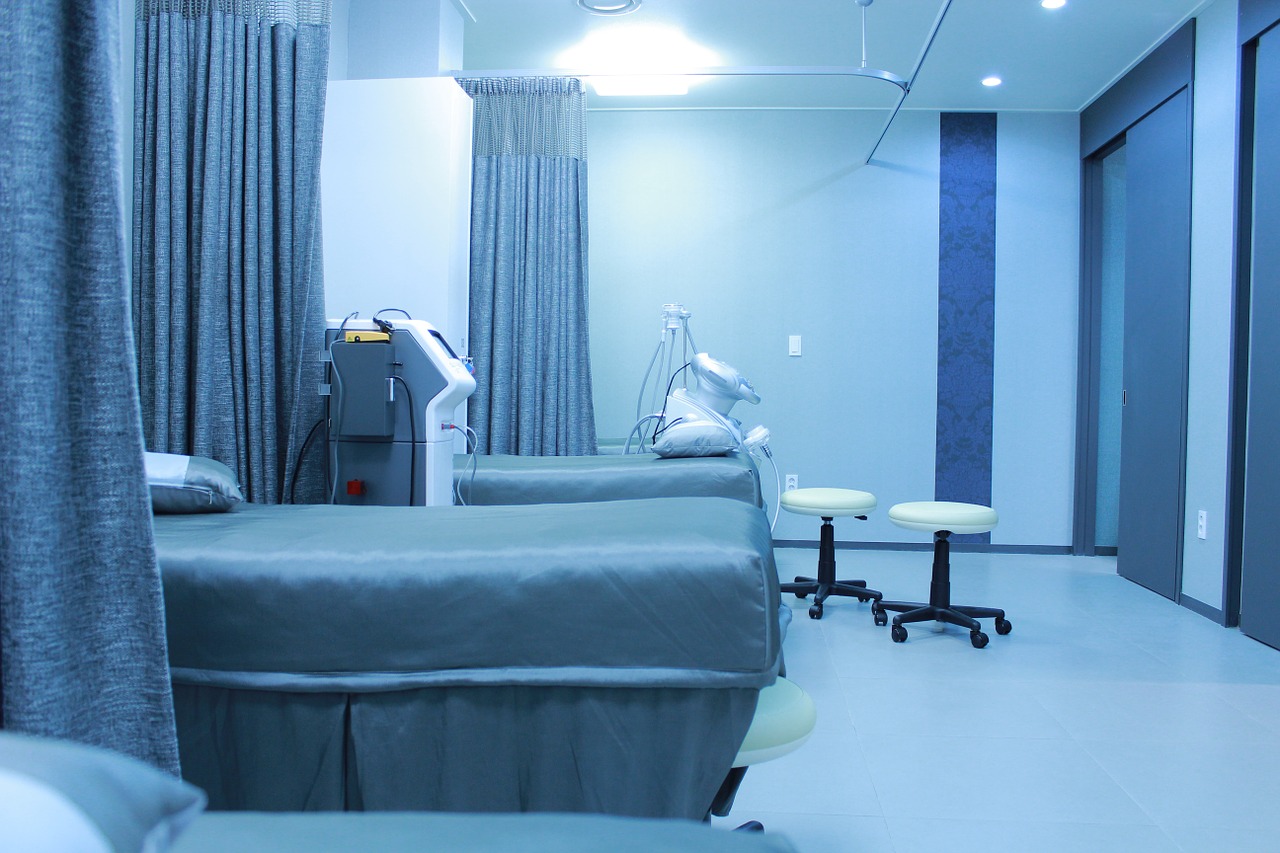Germ Killing Robots in Hospitals
Germ Killing Robots
The bacteria that accumulates in hospitals and all medical facilities is a huge problem. Manual swiping and mopping just doesn’t cut it anymore. Bacteria is getting stronger and stronger every day and the methods we use to deal with bacteria should be getting stronger as well. A mop or wipe of a surface with our store brand disinfectant doesn’t do much in the fight against drug-resistant pathogens. This is where germ killing robots come in.
We can’t even see this threat. However, some new technology is able to see and destroy it. The use of ultraviolet robots can help clean surfaces and equipment like never before. Ultraviolet robots are a new sanitizing solution that could change hospitals forever.

At maintained wavelengths, ultraviolet light can mutate micro-organisms such as bacteria and viruses. Ultraviolet rays are visible between 380 and 750 nanometers however around the 260 to 270 nanometers wavelength, ultraviolet light is able to break the molecular bonds that build the micro-organism DNA. This renders the bacteria completely useless or just plain dead.
The use of UV light as a disinfectant isn’t a new practice. Ultraviolent light has been used to disinfect medical equipment and to sanitize workplace surfaces since the mid-20th century. UV light can also be used now to sterilize drinking water.
Now, UV light disinfecting robots have been built and are being used as sterilization tools. Hospitals, nursing homes or biohazard containment units can be sterilized with these newly built robots in minutes. The robots are a lot faster and more efficient than human cleaners. Because of their ability to move around, the nooks and crannies a human might not be able to reach can be cleaned as well.

Infection Prevention Technologies
Rooms can now be cleaned as quickly as 10 minutes, claims Infection Prevention Technologies (IPT), the company that built the robots. The room they tested was found to be completely clean.
“A 6-month, a hospital-wide study showed a 34% drop in the incidence of healthcare-associated infections with the use of the IPT 3200 UV robot and specially trained disinfection teams.” IPT claimed. (source:http://www.infectionpreventiontechnologies.com/next-gen-uv-validated-by-science.html)
Another huge advantage of the robots is that they require little interference once installed. A person might be required to guide the robots but for the most part, they’re pretty autonomous. At the wavelengths that it is used at, the tech is not harmful to humans however it’s still recommended to not use in the presence just in case.

According to the World Health Organization, pathogens resistant to drugs are the biggest threats to mankind. These drug-resistant pathogens are only getting stronger. It has also been warned that these unusually strong germs are now widespread in the United States and keep growing. Hospitals, medicals facilities or any place that is prone to bacteria are some of the topmost places to be at risk.
Technologies such as UV sanitizing robots might be the huge step forward in the fight against these pathogens. Starting with hospitals, these robots could eradicate the problem at the source itself.
Check out some of our articles.
Speech Recognition in Grocery Shopping Speech Recognition in Cars
Speech Recognition in Customer Service The Future of Speech Recognition Technology
Pet Translators Speech Recognition in Travel
Speech Recognition in Blockchain Speech Recognition in Video Games
Speech Recognition in Advertising Speech Recognition in Health Care

